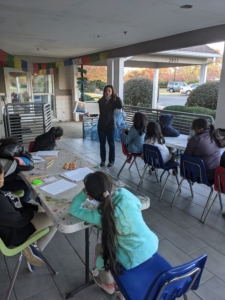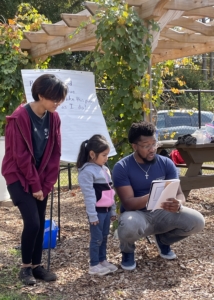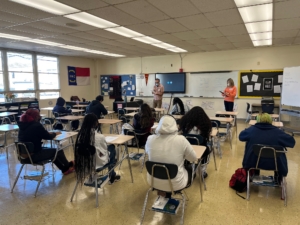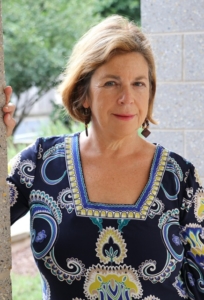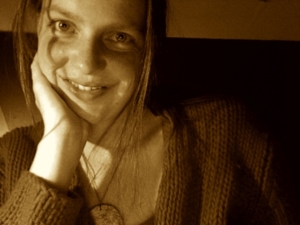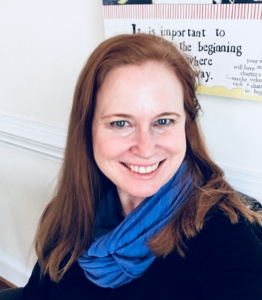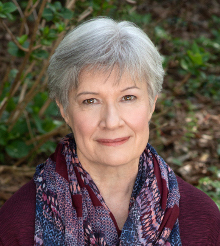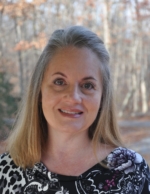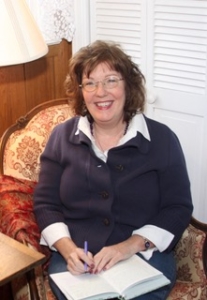Charlotte Lit in the Community: Winterfield Garden
Over the last several months, Charlotte Lit volunteers have been partnering with Winterfield Community Garden to celebrate its twelve-year anniversary with the upcoming Dozen Years of Digging Poetry Festival to be held on Saturday, May 14.
Our team of volunteers has been working with Winterfield Elementary and Garinger High School students to write sustainability themed poems. Students have been encouraged to share ideas, express emotions and create images that show their understanding, appreciation and concerns regarding any aspect of this theme. Charlotte Lit poetry mentors and other volunteers from the community have conducted poetry workshops with the students to create poems.
Below are a few photos from these generative workshops that have taken place over the last few months at Winterfield Garden, OuterBridge and Garinger High School in the East Charlotte neighborhood. Our goal has been to bring the conversation of poetry and sustainability to these students while helping them experience the joy of creative writing.
Selected poems and excerpts will be published in Dig It, the festival’s commemorative journal. Our volunteers will help select the poems to be included in the journal and choose a prize poem to be displayed on a memorial plaque in the garden. There will also be poems from students, local artists and contemporary poets featured on signs in the garden along the “poetry walk.” On the day of the festival, student poets will also have the opportunity to perform their poem on the Winterfield Elementary School stage. Also, featured poet and former Garinger student, Honora Ankong, will read from her recent work.
Winterfield Community Garden was recently awarded an ASC Cultural Vision Grant to help fund the garden festival and the commemorative “Dirt Ball” art installation and poetry memorial. Charlotte Lit is grateful to support an initiative that brings together arts and culture in our East Charlotte neighborhood.
We look forward to celebrating by sharing the poems of students from the partnering CMS schools, Winterfield Garden and the larger Charlotte community this spring. Thank you to the team of Charlotte Lit volunteers: Brooke Lehmann, Justin Evans and Sam Ross for bringing their passion for poetry to the larger Charlotte community.
For more information, to get involved, or make a donation to this project, please contact Carla Vitez, carlavitez@gmail.com.

